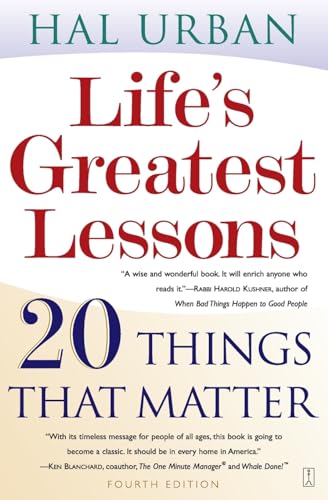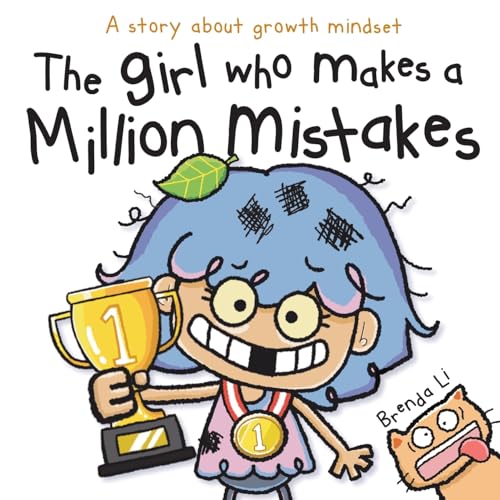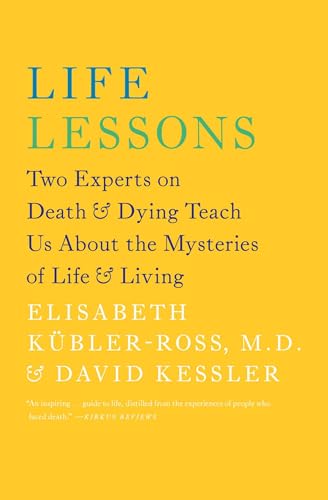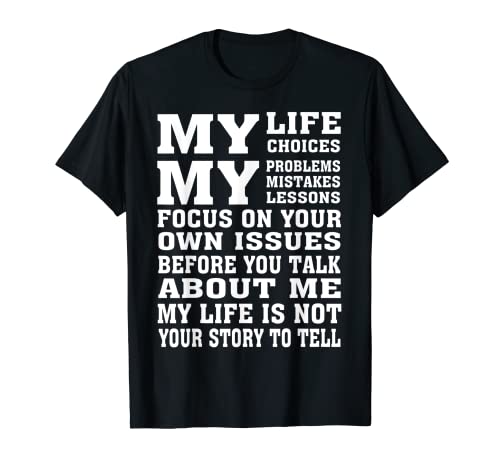We all make mistakes, but it’s the small ones that often slip under our radar and can have a lasting impact on our lives. In this article, we’ll explore the world of small mistakes, their consequences, and how to avoid them to live a more fulfilling life.
Common Mistakes and Life Lessons
Small mistakes can accumulate over time and derail our personal growth and success. Let’s take a look at some common pitfalls and how to avoid them:


- Overlooking personal growth opportunities
- Neglecting relationships
- Poor time management
- Ignoring financial responsibilities
- Neglecting self-care
- Avoiding necessary risks
These small mistakes can add up and have a significant impact on our lives. The book “9 ways to avoid mistakes” offers practical advice on how to sidestep these common errors and live life to the fullest. Similarly, “Life’s Greatest Lessons: 20 Things That Matter” emphasizes the importance of relationships and effective communication in avoiding life’s pitfalls.
For more insights on common mistakes and life lessons, check out our Common Mistakes and Life Lessons category.
Personal Development and Growth
To avoid small mistakes, it’s crucial to focus on personal development and growth. Here are some strategies to help you on your journey:
Strategies for Personal Growth
By incorporating these strategies into your daily life, you can minimize small mistakes and foster personal growth. For more resources on personal development, visit our Personal Development and Growth section.
Learning from Mistakes
Making mistakes is inevitable, but learning from them is a choice. Here’s how you can turn your small mistakes into valuable life lessons:


- Embrace a growth mindset
- Reflect on your actions and decisions
- Analyze what went wrong and why
- Develop strategies to avoid similar mistakes in the future
- Share your experiences with others to help them learn
Books like “The Girl Who Makes a Million Mistakes” and “The Three mistakes of my life” offer valuable insights into learning from mistakes and developing resilience. These resources can help you cultivate a positive attitude towards errors and use them as stepping stones for personal growth.
For more information on learning from mistakes, visit our Learning from Mistakes tag page.
Self-Improvement and Motivation
Continuous self-improvement is key to avoiding small mistakes and living a fulfilling life. Here are some tools and resources to help you stay motivated on your journey:
Personal Development Books
65% of users
Online Courses
55% of users
Productivity Apps
45% of users
Accountability Groups
35% of users


Books like “Life Lessons: Two Experts on Death and Dying Teach Us About the Mysteries of Life and Living” offer profound insights into living a fulfilling life. Additionally, small reminders like the “My Life Choices My Problems Mistakes Lessons Focus On Your T-Shirt” can help you stay accountable for your choices and learn from your mistakes.
Explore our Self-Improvement and Motivation category for more resources to help you on your journey.
Productivity and Time Management
Effective time management is crucial in avoiding small mistakes that can derail your life. Here are some tips to boost your productivity:
Productivity Tips
- Prioritize tasks using the Eisenhower Matrix
- Implement the Pomodoro Technique for focused work sessions
- Use time-blocking to schedule your day effectively
- Minimize distractions by turning off notifications
- Use a planner or digital calendar
- Break large tasks into smaller, manageable steps
- Set realistic goals and deadlines
- Take regular breaks to maintain focus and energy
By implementing these strategies, you can reduce the likelihood of making small mistakes due to poor time management or lack of organization. For more productivity tips and resources, visit our Productivity and Time Management section.
Conclusion: Embracing Growth Through Small Mistakes
Small mistakes are an inevitable part of life, but they don’t have to define us. By understanding their impact, learning from them, and continuously working on self-improvement, we can navigate life’s tiny pitfalls with grace and wisdom. Remember, it’s not about avoiding mistakes altogether, but about using them as stepping stones towards personal growth and a more fulfilling life.
As you continue on your journey of self-discovery and improvement, explore our Personal Development and Growth resources, learn from Common Life Errors, and stay motivated with our Self-Improvement and Motivation tips. Together, we can turn small mistakes into big opportunities for growth and success.









